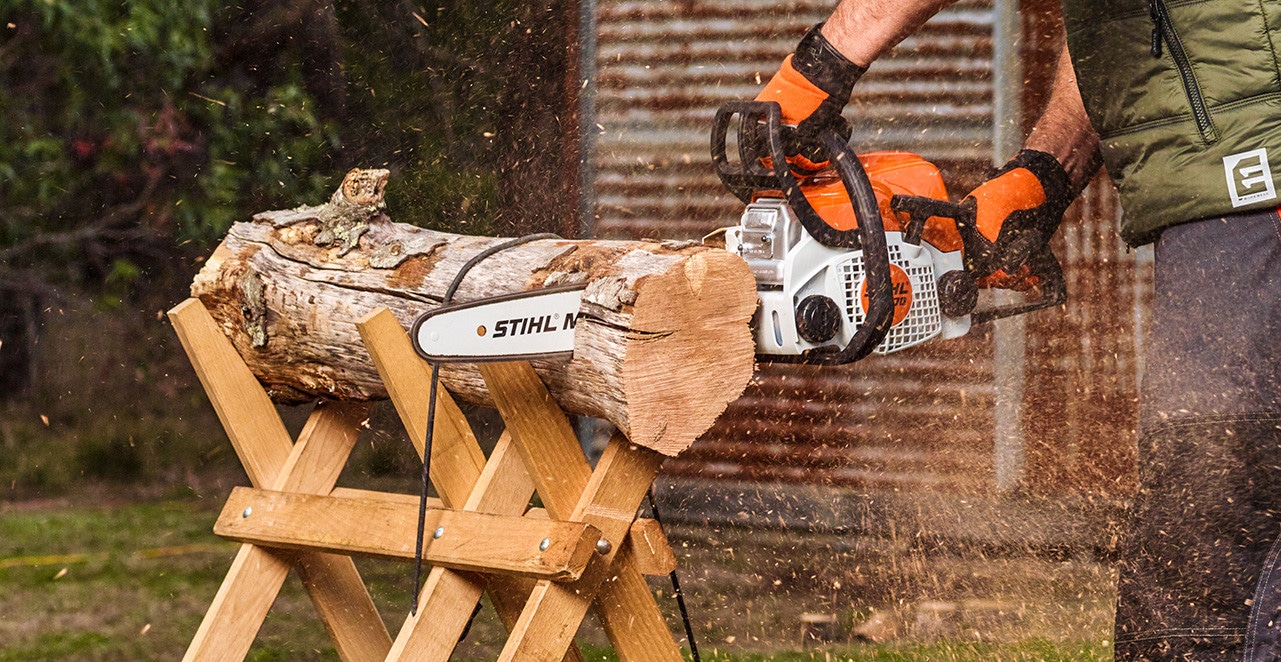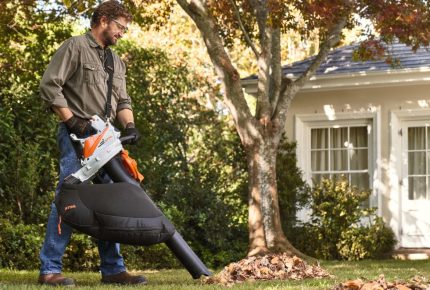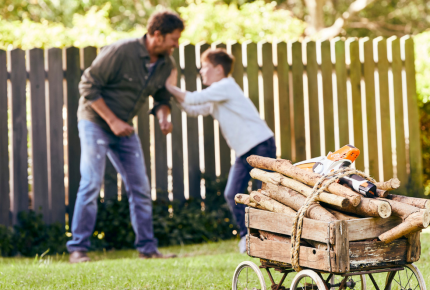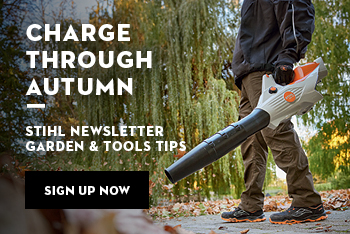
#Products
How To Sharpen Your Chainsaw Chain
A dull chainsaw chain is the last thing you want when you’re about to get to work. At its worst, it can be downright dangerous, making your saw more prone to kickback. But even if this doesn’t happen, it will still affect the performance of your chainsaw. Your saw will not be working efficiently – it will use more power for less results and will cause wear and tear on other parts of the saw.
signs of a dull chain
If you’re noticing that your chainsaw isn’t pulling itself towards the wood upon contact, or if you find that you are having to apply pressure to your saw to force it through the wood, then it’s likely that you chain is due for a sharpen. A sharp chain will do the cutting for you, so you don’t need to manoeuvre your saw back and forth or apply pressure from the top to make the cut. The chainsaw chain does not pull itself into the wood. If you have to apply pressure to the saw to force it through the wood, the chain is almost certainly not sharp enough.
Keep an eye on your saw dust. When cross-cutting, which is essentially cutting against the grain of your wood, the sawdust produced should look similar to wood shavings, rather than fine dust.
If your chain is oiled and you’ve checked the tension on your chain to make sure it’s not too tight or too loose, and it’s producing smoke, then there’s a good chance that you’re cutting with a dull chain. This is one of the most obvious signs and can be the cause of concern, but it’s usually fixed with a quick sharpen.
And lastly, one of the most obvious ways to identify a dull chain is the quality of the cut. A sharp chain will always produce a nice, clean and straight cut, with little fraying around the edges. If your chain is dull, you’ll get the opposite and achieving that perfect cut will be almost impossible. This could also mean that your chain has dull cutting teeth on one side. Alternatively, your cutting teeth could be uneven in length.
What causes a dull chain?
Simply put, chains are designed to be sharpened and is something that should be at the top of your maintenance list. However, there are certain factors that can result in your chain going blunt quicker than it should be.
Dirt is a key contributor to a dull chain. When cutting wood, be sure that the log is far enough from the ground so that your chain doesn’t make contact with the dirt beneath once it comes through the other side. Cutting dirty wood will also have the same effect unfortunately, however this can’t always be controlled.
Check that you are using the right sized file when sharpening your chain, and make sure you’re not applying too much pressure when doing so. Your chain will cut too deep or barely cut at all if your rakers or depth gauges are filed down too much or not enough, respectively. Get yourself a depth gauge appropriate for your saw and use it every time you sharpen your chain.
Alternatively, our 2-in-1 file simplifies the process of sharpening your saw chain by completing two functions at once – sharpening your saw chain cutters, and lowering your depth gauges with every easy stroke. Watch this video to see it in action.
For more advice to keep your chain in top condition throughout the year, speak to your local STIHL Dealer.






